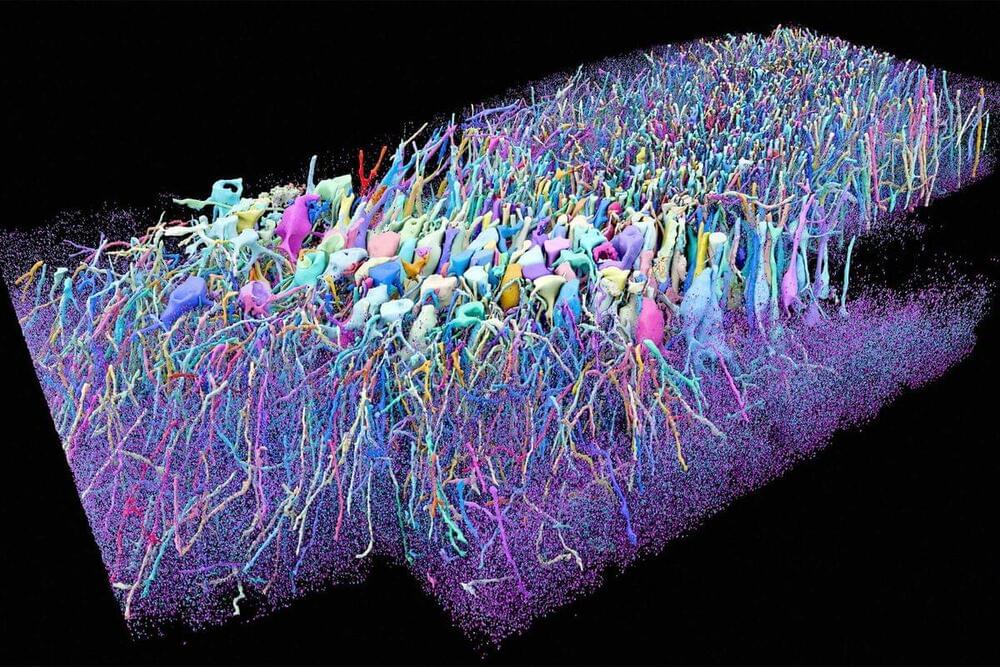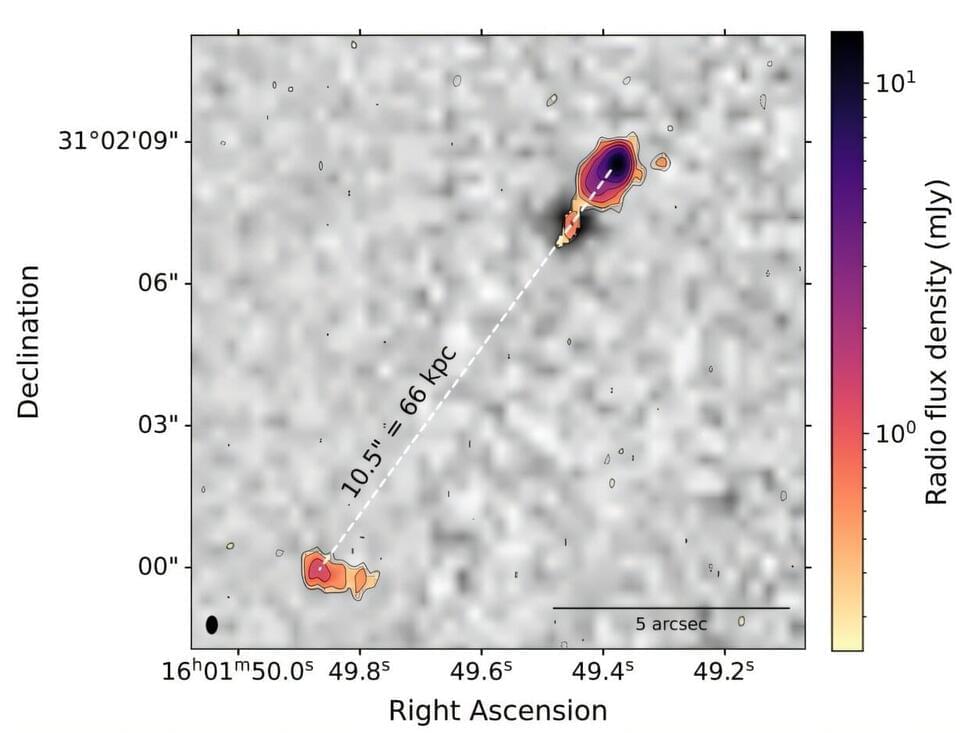Each quantum computing trajectory faces unique developmental needs. Gate-based quantum computers require scalability, error correction and quantum gate fidelity improvements to achieve stable, accurate computations. The whole-systems approach needs advances in qubit connectivity and reductions in noise interference to boost computational reliability. Meanwhile, parsing-of-totality depends on advancing sensing techniques to harness atoms’ deeper patterns and potentiality.
Major investments are currently directed toward gate-based quantum computing, with IBM, Google and Microsoft leading the charge, aiming for universal quantum computation. However, the idea of universal quantum computation remains complex given that the parsing-of-totality approach suggests the possibility of new quantum patterns, properties and even principles that could require a conceptual shift as radical as the transition from classical bits to quantum qubits.
All three trajectories will play essential roles in the future of quantum computing. Gate-based systems may ultimately achieve universal applicability. Whole-systems quantum computing will continue to reframe a larger class of problems as complex adaptive systems requiring optimization to be solved. The parsing-based approaches will leverage novel quantum principles to spawn new quantum technologies.









